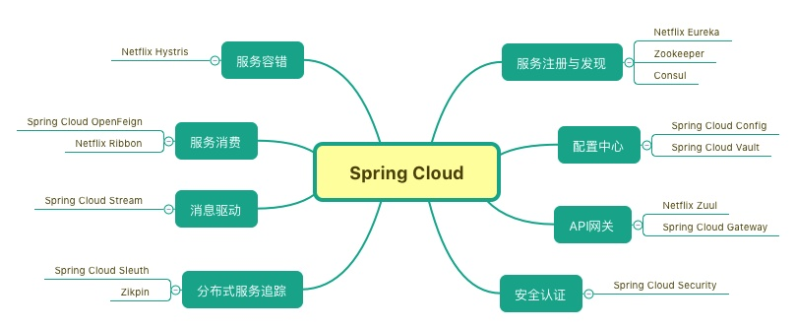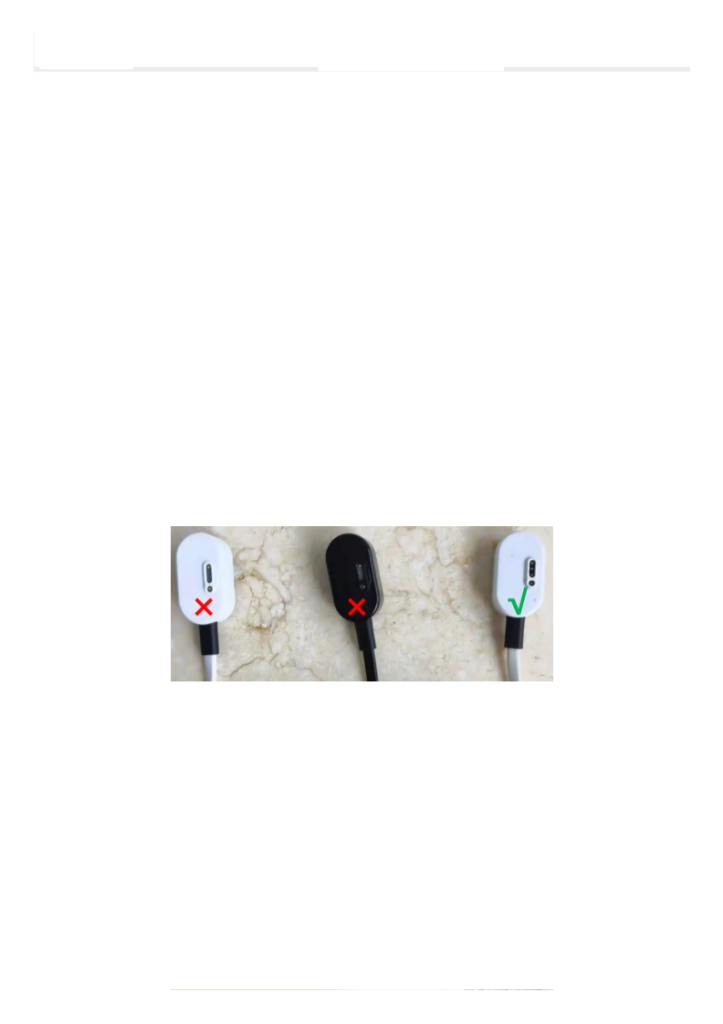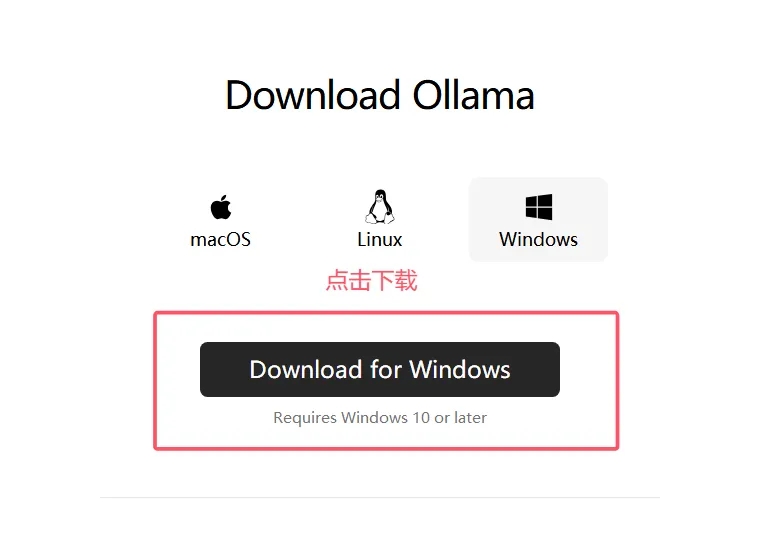成员函数,函数指针和 std::function 的区别很明显。成员函数的调用需要依赖于对象实例(即 this 指针),因此它们的处理方式与普通函数不同。以下是详细分析:
1. 成员函数指针
- 定义:成员函数指针是指向类成员函数的指针,它的类型包括类信息。
- 特点:
- 语法复杂,尤其是涉及多级指针和类型转换时。
- 调用成员函数时需要显式传递对象实例(
this指针)。 - 只能指向特定类的成员函数,不能指向普通函数或 lambda 表达式。
- 适用场景:适用于需要直接调用特定类成员函数的场景。
示例代码:
#include <iostream>
class MyClass {
public:
int add(int a, int b) {
return a + b;
}
};
// 接受成员函数指针和对象实例作为参数的函数
template <typename T>
void executeMemberFunc(T* obj, int (T::*func)(int, int), int a, int b) {
std::cout << "Member Function Result: " << (obj->*func)(a, b) << std::endl;
}
int main() {
MyClass obj;
// 定义成员函数指针
int (MyClass::*memberFuncPtr)(int, int) = &MyClass::add;
// 调用
executeMemberFunc(&obj, memberFuncPtr, 2, 3); // 输出: Member Function Result: 5
return 0;
}
2. std::function 与成员函数
- 定义:
std::function可以包装成员函数,但需要通过std::bind或 lambda 表达式将成员函数与对象实例绑定。 - 特点:
- 语法更简洁,使用更方便。
- 可以包装成员函数、普通函数、lambda 表达式等多种可调用对象。
- 需要额外的绑定步骤(
std::bind或 lambda)。
- 适用场景:适用于需要灵活调用成员函数或其他可调用对象的场景。
示例代码:
#include <iostream>
#include <functional>
class MyClass {
public:
int add(int a, int b) {
return a + b;
}
};
// 接受 std::function 作为参数的函数
void executeStdFunction(const std::function<int(int, int)>& func, int a, int b) {
std::cout << "std::function Result: " << func(a, b) << std::endl;
}
int main() {
MyClass obj;
// 使用 std::bind 绑定成员函数和对象实例
auto boundFunc = std::bind(&MyClass::add, &obj, std::placeholders::_1, std::placeholders::_2);
executeStdFunction(boundFunc, 2, 3); // 输出: std::function Result: 5
// 使用 lambda 表达式绑定成员函数和对象实例
executeStdFunction([&obj](int a, int b) { return obj.add(a, b); }, 2, 3); // 输出: std::function Result: 5
return 0;
}
3. 关键区别总结
| 特性 | 成员函数指针 | std::function(绑定成员函数) |
|---|---|---|
| 语法复杂性 | 较复杂,需要显式传递对象实例 | 较简单,通过 std::bind 或 lambda 绑定 |
| 支持的调用对象 | 仅特定类的成员函数 | 成员函数、普通函数、lambda、函数对象等 |
| 性能 | 更高(直接调用成员函数) | 较低(可能涉及动态内存分配和类型擦除) |
| 灵活性 | 较低 | 较高 |
| 适用场景 | 需要直接调用成员函数的场景 | 需要灵活调用多种可调用对象的场景 |
4. 如何选择?
- 如果你只需要调用特定类的成员函数,并且对性能有较高要求,使用成员函数指针。
- 如果你需要调用多种类型的可调用对象(包括成员函数),或者希望代码更简洁易用,使用
std::function并结合std::bind或 lambda 表达式。
5. 综合示例
以下是一个同时支持成员函数指针和 std::function 的示例:
#include <iostream>
#include <functional>
class MyClass {
public:
int add(int a, int b) {
return a + b;
}
};
// 接受成员函数指针和对象实例作为参数的函数
template <typename T>
void executeMemberFunc(T* obj, int (T::*func)(int, int), int a, int b) {
std::cout << "Member Function Result: " << (obj->*func)(a, b) << std::endl;
}
// 接受 std::function 作为参数的函数
void executeStdFunction(const std::function<int(int, int)>& func, int a, int b) {
std::cout << "std::function Result: " << func(a, b) << std::endl;
}
int main() {
MyClass obj;
// 使用成员函数指针
int (MyClass::*memberFuncPtr)(int, int) = &MyClass::add;
executeMemberFunc(&obj, memberFuncPtr, 2, 3); // 输出: Member Function Result: 5
// 使用 std::bind 绑定成员函数
auto boundFunc = std::bind(&MyClass::add, &obj, std::placeholders::_1, std::placeholders::_2);
executeStdFunction(boundFunc, 2, 3); // 输出: std::function Result: 5
// 使用 lambda 表达式绑定成员函数
executeStdFunction([&obj](int a, int b) { return obj.add(a, b); }, 2, 3); // 输出: std::function Result: 5
return 0;
}
总结
- 成员函数指针:适合直接调用特定类的成员函数,性能较高,但语法复杂。
std::function:适合需要灵活调用多种可调用对象的场景,语法简洁,但可能带来一些性能开销。
根据具体需求选择合适的工具。如果只需要调用成员函数,成员函数指针可能更合适;如果需要更灵活的功能,std::function 是更好的选择。
来源链接:https://www.cnblogs.com/Eigh18n/p/18654218
© 版权声明
本站所有资源来自于网络,仅供学习与参考,请勿用于商业用途,否则产生的一切后果将由您(转载者)自己承担!
如有侵犯您的版权,请及时联系3500663466#qq.com(#换@),我们将第一时间删除本站数据。
如有侵犯您的版权,请及时联系3500663466#qq.com(#换@),我们将第一时间删除本站数据。
THE END
















暂无评论内容